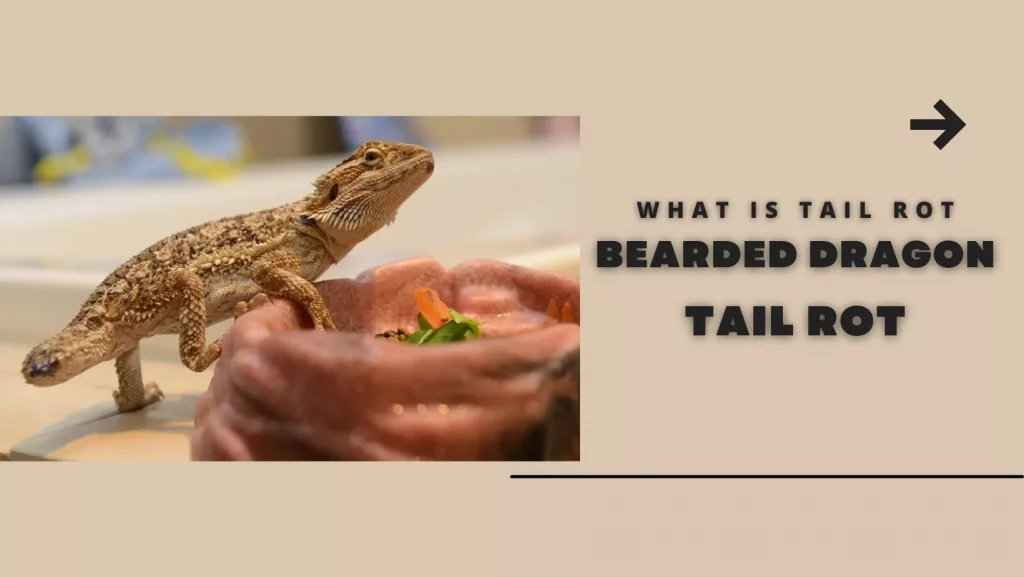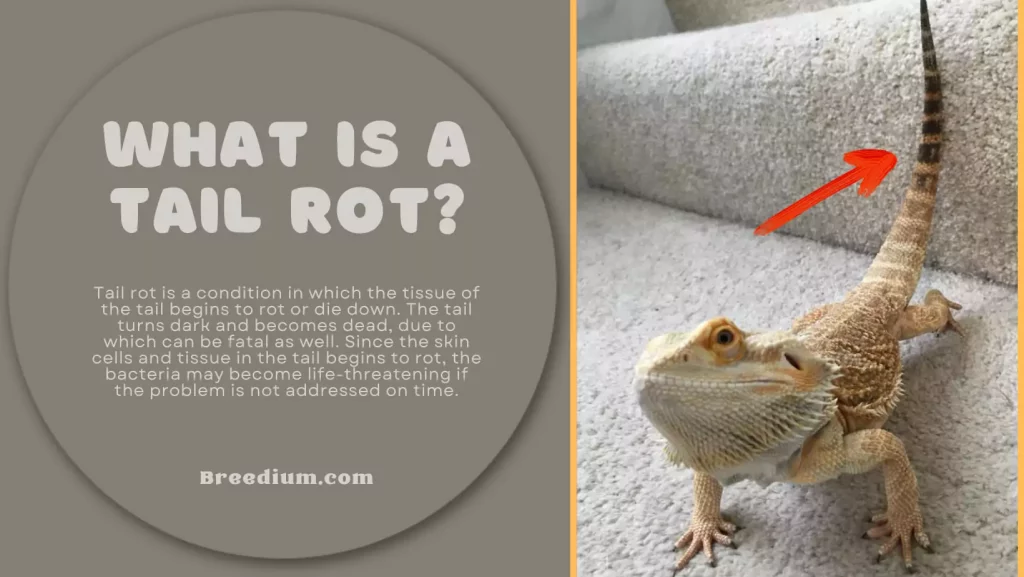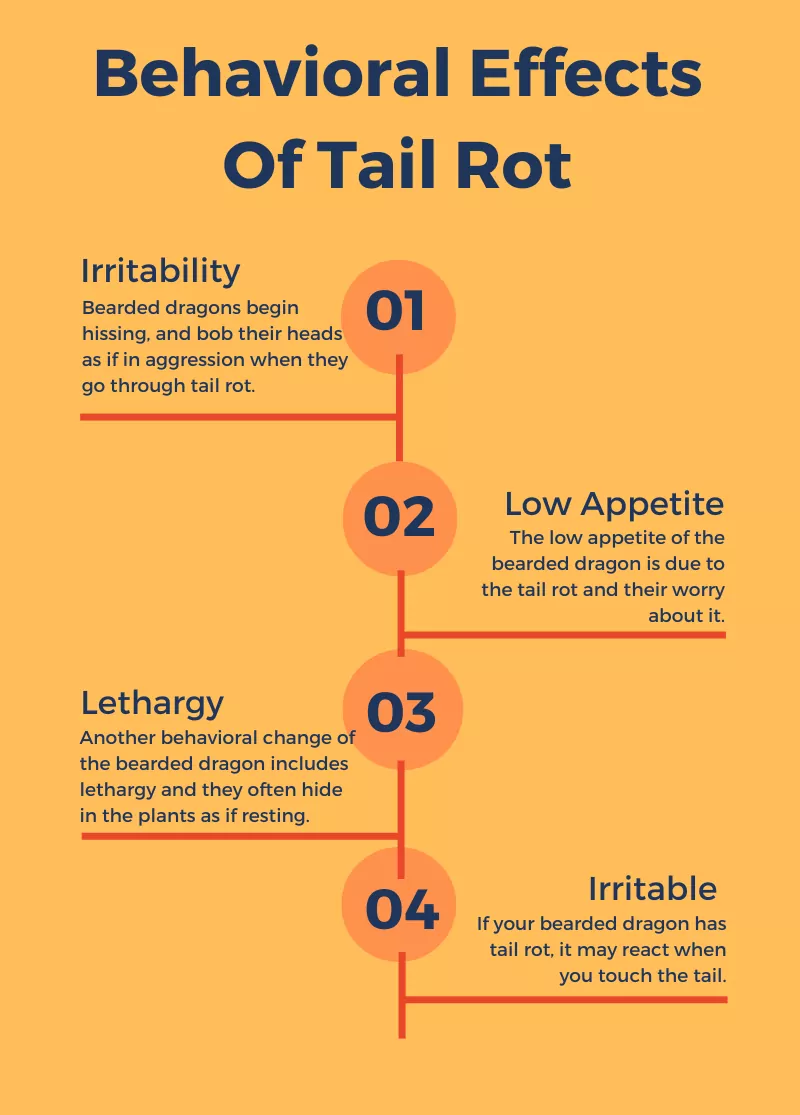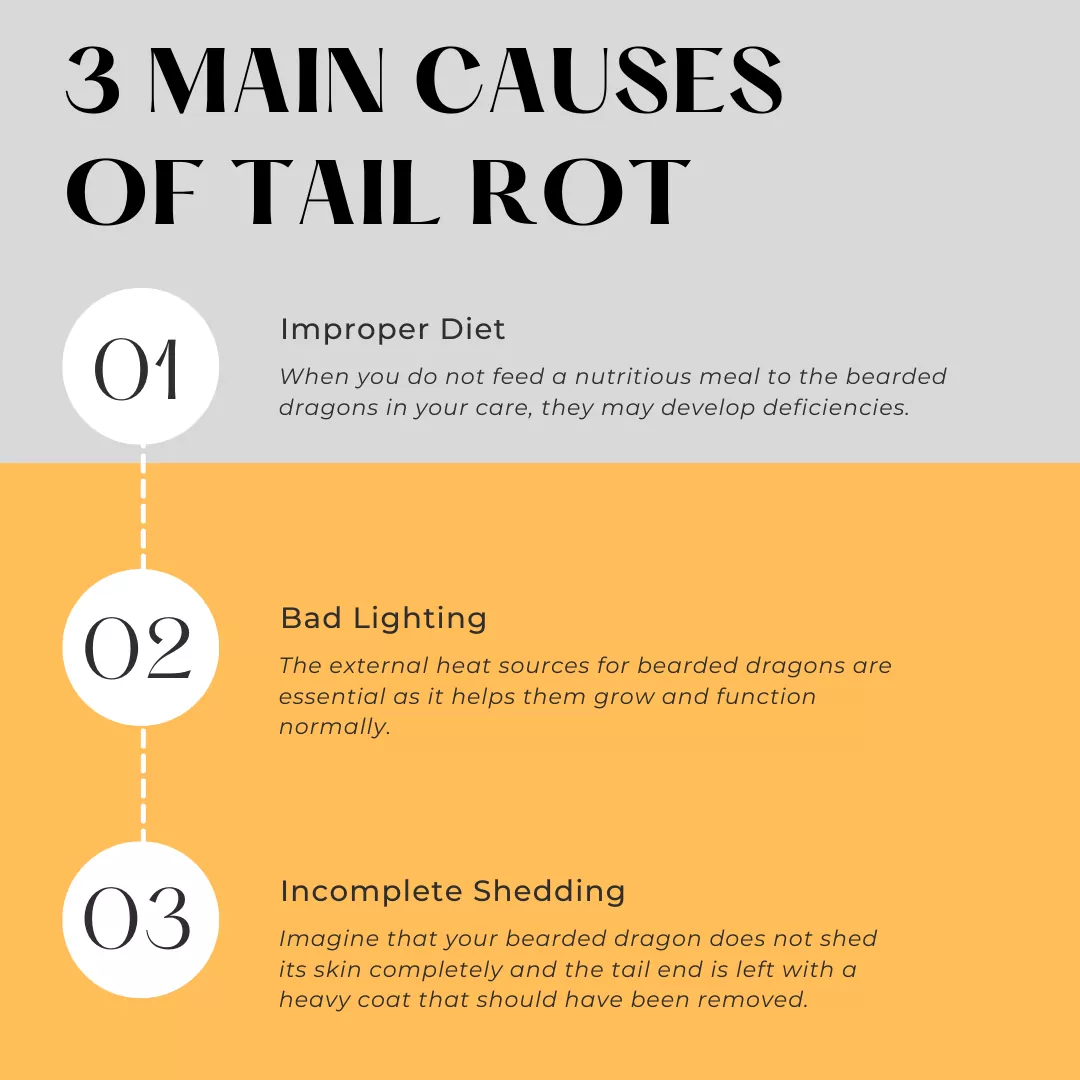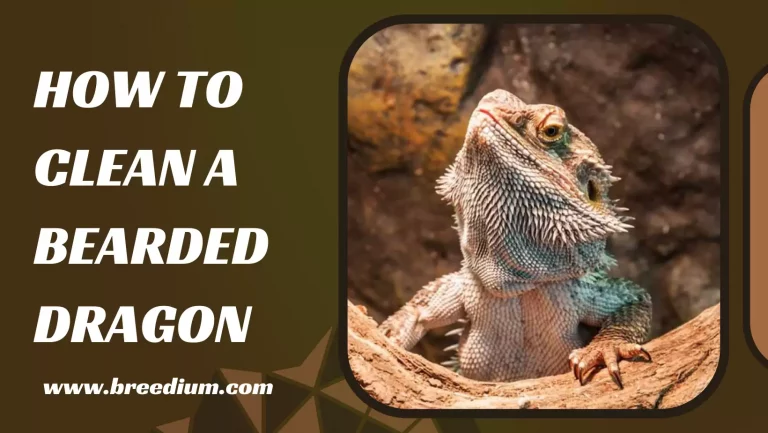Bearded Dragon Tail Rot | Causes And Treatment 2024
Bearded dragons are sensitive creatures and you cannot be oblivious to them as a pet owner. You will have to observe their behavior and understand what they want at different times of the day! One very serious issue that you must stay vigilant about is the bearded dragon tail rot. Why does it happen and what can be done to prevent it?
We always tell pet owners that they have to become more vigilant, and of course, more knowledgeable to ensure that their pets are well cared for. If you want your bearded dragon to be in the best of health, make sure you know the various conditions that it might face.
What Is Bearded Dragon Tail Rot
Tail rot is a condition in which the tissue of the tail begins to rot or die down. The tail turns dark and becomes dead, due to which can be fatal as well. Since the skin cells and tissue in the tail begins to rot, the bacteria may become life-threatening if the problem is not addressed on time.
This condition is the result of improper blood supply. This blood supply deficiency or irregularity is quite common in reptilians due to their low metabolic rate and slow blood circulation. However, there are numerous environmental and circumstantial reasons why bearded dragons get tail rot. Pet owners must know what, and when to prevent these conditions to ensure healthy growth and body functions.
Recognizing Tail Rot
It is a challenging task to recognize tail rot in the early stages, however, if you see that the tail is changing color, it is the first sign. Moreover, the bearded dragon will show signs of dehydration, which include flaky and brittle skin and even their nails become white and dry. If the tail has become stiff and has a slight bend, it indicates tail rot.
Many times when pet owners panic and take the bearded dragon to the vet, it turns out to be skin shedding and not tail rot. However, that does not mean you take it easy if you see the same thing happen again. Proper nutrition and hydration is the best way to deal with shedding, but if the tail is rotting, it may impact the bearded dragon physically and emotionally.
4 Behavioral Effects Of Tail Rot
There are numerous emotional and physical changes that lead to severe behavioral changes in bearded dragons. When your dragon experiences something as drastic as tail rot, it may show the following behavior changes:
Irritability
Bearded dragons begin hissing, and bob their heads as if in aggression when they go through tail rot. Other stress signs such as black marks on the body and a black beard may also become visible.
Low Appetite
The low appetite of the bearded dragon is due to the tail rot and their worry about it. We do not know if the dragon feels pain or is just uncomfortable with the tail, but it stops eating regularly and may become weak.
Lethargy
Another behavioral change of the bearded dragon includes lethargy and they often hide in the plants as if resting. This bearded dragon behavior indicates depression as well.
Irritable When You Touch The Tail
If your bearded dragon has tail rot, it may react when you touch the tail. These creatures show their displeasure and pain by moving away or reacting when you touch them.
3 Main Causes Of Tail Rot
There can be many causes we mentioned earlier, such as poor nutrition and low circulation. However, if the bearded dragon experiences tail rot it can be due to the following reasons as well:
Improper Diet
When you do not feed a nutritious meal to the bearded dragons in your care, they may develop deficiencies. Many deficiencies cause dead skin cells to multiply and tissue cells to lose vitality. Moreover, a poor diet contributes to a weak immune system, and these little creatures are unable to defend themselves against infection.
Bad Lighting
The external heat sources for bearded dragons are essential as it helps them grow and function normally. If there is poor lighting in the tank for prolonged periods, your bearded dragon will become inactive and lethargic. Tail rot is the result of bad lighting and slow body functions.
Incomplete Shedding
Imagine that your bearded dragon does not shed its skin completely and the tail end is left with a heavy coat that should have been removed. However, this heavy coat impacts the tail tissue and it loses viability sooner than you could imagine. Also, read How Often Do Bearded Dragons Shed.
Treatment Of Tail Rot In Bearded Dragons
At home, you can begin caring for the bearded dragon if it begins to show signs of tail rot. The first thing to do is to disinfect it by applying betadine and soaking it in warm water. You can dry the tail with a paper towel and apply an antibiotic cream that can kill the infection. If the condition does not improve in three days to a week, take your pet to a vet as soon as possible. You can prevent tail rot by ensuring that none of the causes are common, especially poor nutrition and a dirty tank!
Frequently Asked Questions
What is the first thing to do when tail rot begins?
When you see that your pet dragon’s tail is getting dark and it does not move like it used to, consult a vet. Sometimes the tail withers off itself but if it doesn’t the dead cells begin to affect the other body parts as well and the bearded dragon may experience organ failure. In many cases, the vet will amputate the tail to ensure that it does not spread. If caught at an early stage, aggressive treatment is done and that may make your dragon pet anxious and irritated.
What other circumstances cause tail rot?
Bearded dragons might get tail rot due to trauma from fighting or an aggressive encounter with any other dragon or animal. If you have other pets, ensure that they do not interact with the dragon in your absence.
Conclusion
Bearded dragon tail rot happens due to several reasons. It is a condition in which the tip of the tail begins to die due to tissue damage. The treatment can be medication in the early stages but if it is not addressed in time, the dragon might even die!

Emma is a pet enthusiast, and her way with words makes her an expressive writer. Her interests lie in healthcare and planning nutrition for various pets. She has two girls, and she’s passing her passion to them through occasional volunteer projects in the small neighborhood zoo. Emma joined our team as an enthusiast and has added more years to her experience by researching more about various creatures!

